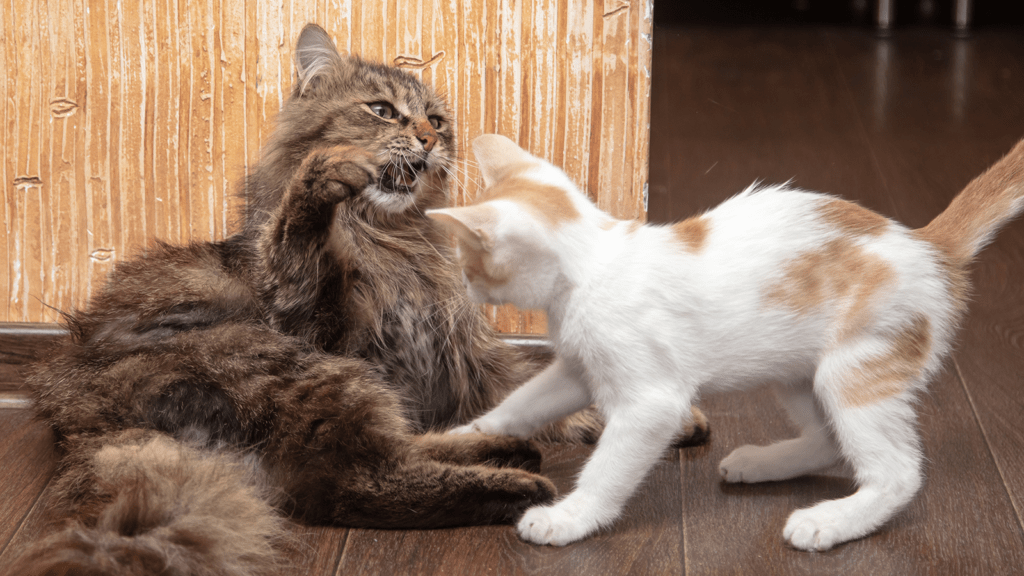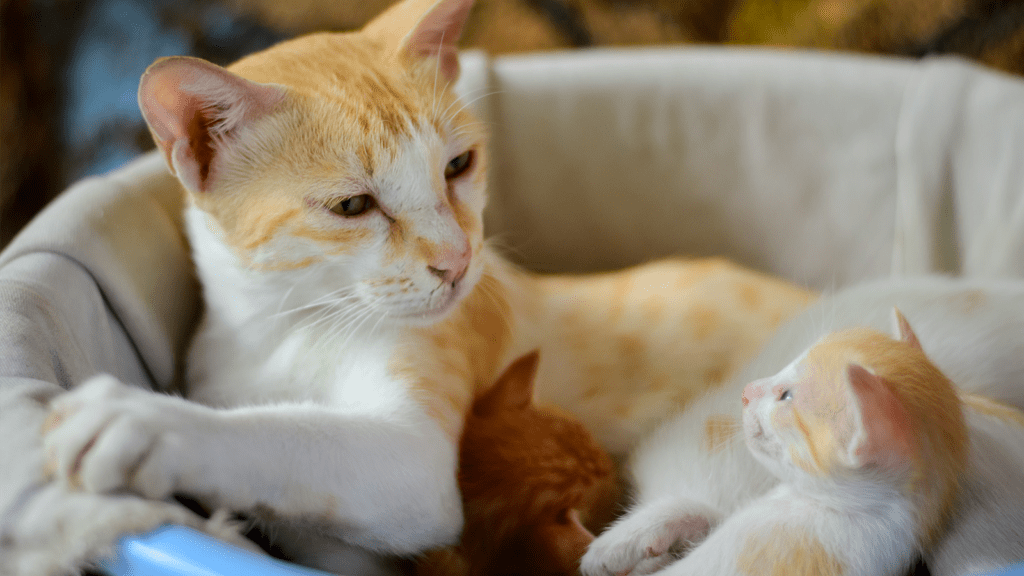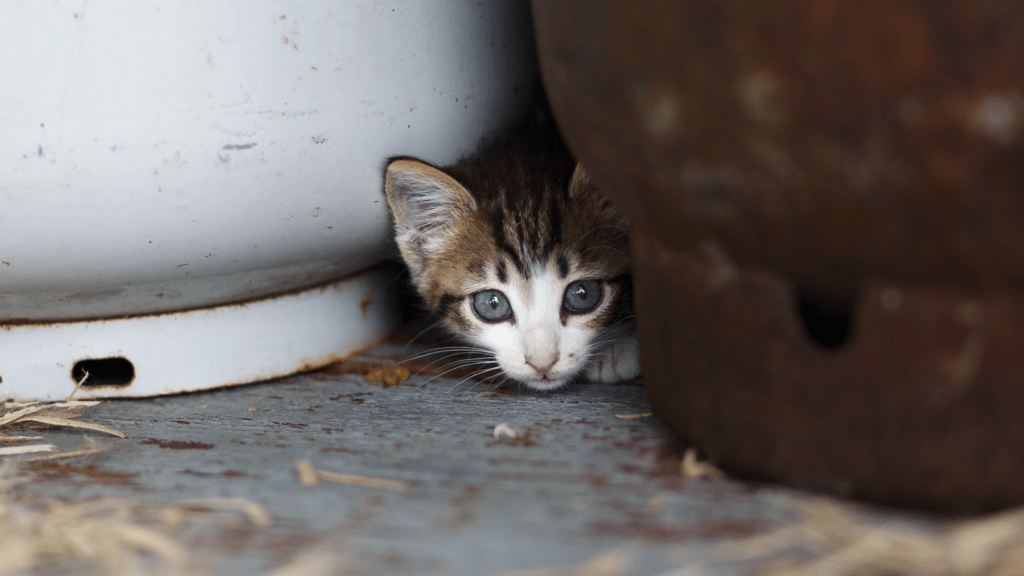How To Introduce Two Cats
How to introduce two cats Getting a new cat can be very exciting but also stressful. Cats often don’t take well to change, and introductions between pets can be difficult and time-consuming. Introducing a new cat to a home with existing cats presents unique challenges due to their territorial nature, making a carefully planned introduction process essential. However, there are ways to make it successful. The key to cat introductions is to take things slowly and phase them into their interactions over time. Begin by introducing them to each other’s scent. Feed them on opposite ends of a closed door. Then, let them see one another without interacting. Finally, allow them to interact while supervised. Provide them with something to occupy them during the introduction, like a meal or play. In this article, we’ll answer all your questions about cat introductions, from how to introduce two cats to what to do if they won’t get along. How Long Does It Take To Introduce Two Cats? Introducing two cats properly can take weeks to months. It depends on the cats, their personalities, and their histories. It also depends on how you introduce them. For instance, two well-socialized kittens may get along during their first meeting and become best friends very quickly. They may even become bonded relatively easily. Two older cats who’ve had bad experiences, such as a house cat who’s been bullied by other cats and a former feral who got in a lot of fights, may take months to years to warm up to one another. They might never be friends, but they will learn to tolerate one another and live in harmony. Introducing an adult cat to a resident cat can be particularly challenging. It is crucial to recognize if the cats will happily accept one another to ensure their physical health and mental well-being. Cats who have had bad experiences with one another often take much longer to regain that trust—which is why it’s so important to take introductions slowly so that you avoid this result! When it comes to gender, two male cats may take longer to introduce than a male and a female or two females. However, it shouldn’t make a huge difference when done right. One thing we do advise is not to introduce two unneutered male cats in a home with a female cat. Even if she is spayed, the boys are likely to fight over her, which can ruin their relationship. Neutering your male cats will reduce behavioral problems, including fighting, and also give them a longer, healthier life (source). If you’re struggling to afford the surgery, look into low-cost spay and neuter programs in your area. These are often much cheaper than going to a traditional veterinarian. Steps To Introduce Two Cats Introducing cats should be done in parts for the best results. These are: It is also crucial to provide each cat with their own space and resources to ensure a harmonious living situation. Quarantine In The New Cat’s Room Whenever you bring a new pet into your home, you want to keep them separate from your other pets. Ideally, this is done in a designated space known as the new cat’s room, which is easy to clean and sanitize if necessary, such as a bathroom. Have one room for the new cat, which can also become the cat’s territory. Make an appointment with your veterinarian and watch your new kitty for signs of illness. Your veterinarian can advise you during your check-up, depending on your area and the cat’s history. Generally, you’ll want them to check for the following: Blood tests for any contagious ailments are especially important, as these can be deadly to your old cat if caught. If you adopted your new cat from a rescue or shelter, you can ask for any veterinary records they have. It’s up to you whether you want to recheck with your own vet or trust theirs. Once your new cat receives a clean bill of health, you can begin introducing them to other rooms in the house if you can. This isn’t always possible in small spaces, but it is ideal. However, it’s not yet time to put your cats together or let the new cat free roam! You can, however, confidently start scent swapping without passing on parasites or illness to your existing cat. (If your new kitty is ill or especially if they had fleas, be sure to wash all of their belongings thoroughly before you begin!) Scent Swapping Scent swapping begins by giving your cats each a space in your home, such as a spare bedroom. Your existing cat should be able to free roam while your new cat lives in a bedroom, extra room, or other enclosed space with the door shut. To create feelings of familiarity and security, use synthetic feline facial pheromone Feliway Classic in both the new cat’s room and in the area where the resident cat spends the most time. Next, give them items that hold scent. Cat beds, blankets, towels, plush toys, or scratching posts. Anything that your cat can interact with or lay on and add their scent to. Provide these items for both cats. After they’ve had a few days to a week to lie on the items, rub their face and tail against them, and get them nice and smelly, swap them! These items likely won’t smell much at all to you, but if you give your new cat something that belongs to your old cat, they’re sure to spend time sniffing it. During this time, you’ll also want to swap spaces. Move your new cat to another closed room before putting your old cat in the new cat’s space. Then, free the new cat so they can explore your home without interruption. Cats communicate heavily through scent. When they sniff where the other has been, your cats are already getting to know each other before they even meet! A great tip is to get a screen
How To Introduce Two Cats Read More »











